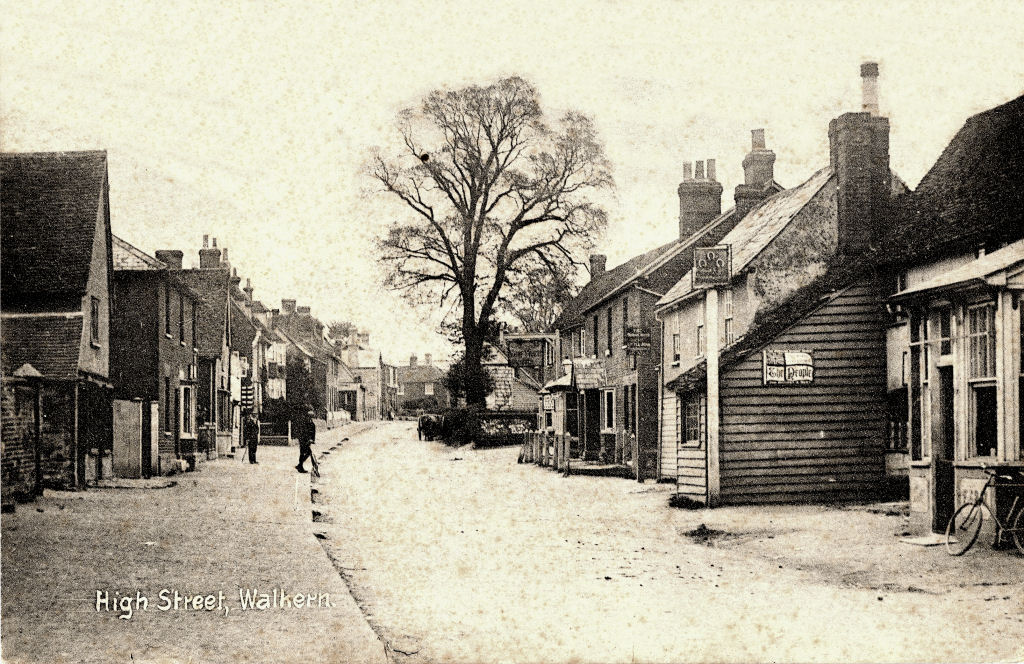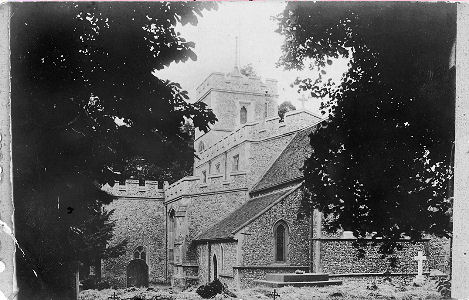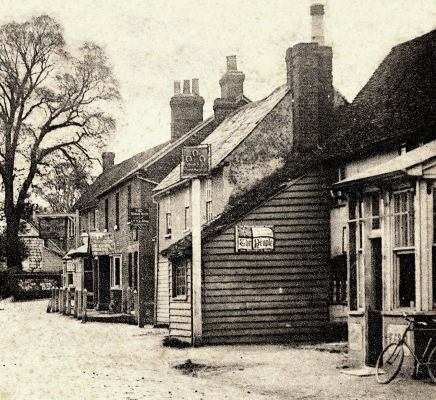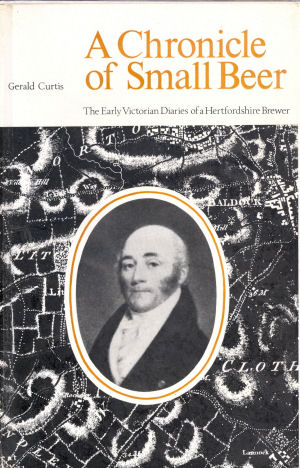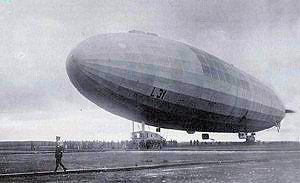WALKERN, which anciently belonged to the Lords Fitz-Walter, by inheritance from the De Burghs and Lanvalleis, and descended through the Mareschals, by the marriage of an heiress, to the Lords Morley, is one of the most ancient possessions of the Capels, Earls of Essex, in this county; it having been purchased by Sir William Capel, Knt. in the twenty-first of Henry the Seventh, from Sir Edward Howard, Knt. and Alice, his wife, sister and heiress of Henry, Lord Morley. The Bury, or Manor-house, is surrounded by a moat, and is now occupied as a farm. In the Church, beneath an arch on the south wall, is a defaced effigy of a Knight Templar. This parish, and its neighbourhood, were greatly agitated about the commencement of the last century by an alarm of Witchcraft, reputed to have been exercised on the persons of two servant maids and a boy, by a poor woman called Jane Wenham, and who was tried for the said crime at the Hertford Assizes, before Judge Powel. Some time before her trial, the culprit had the weakness to confess herself guilty of the alleged crime; and though she afterwards accounted for this confession, as arising from fear it appears to have had a considerable influence on the minds of the jurymen, who pronounced a verdict of guilty, notwithstanding the endeavours of the benevolent Judge to explain the evidence brought against her, and which evidence was clearly the result of a strong prejudice, operating on weak and superstitious minds. The Judge reprieved her; and she afterwards had a free pardon, and lived several years on a small allowance from the parish. John Britton, The Beauties of England and Wales, London 1807
About two miles and a half from Bennington is the ancient and pleasant Village of Walkern. The name, according to Chauncy, was derived from some springs, which increase the waters of the river Beane, and drive a mill at the south end of the Town; Wal, signifying in the Saxon language a moist and watery place. The Church is in the Norman style, is dedicated to St. Mary, and has three aisles and a square tower, with a good ring of bells. In the south wall of the Church is the effigy of a man in armour, cross-legged and with spurs. There is a tradition that he was a Knight Templar, and resided at an old Manor House called Boxburies, but his name is not recorded. There are several other ancient monuments: one in the chancel has the figure of a man and woman kneeling upon cushions; it is to the memory of Daniel Gorsuch and his wife, the date is 1638. There are also some inscriptions to the memory of members of the family of Humbarstone, and others, residents of Walkern centuries ago. In this Church are several old brasses, and coats of arms in stained glass in the windows. In the Churchyard is a tomb over the vault of the Adams family, with an inscription to the memory of one murdered near this place, as before related, and in the Village is the quaint old house in which he resided. In the garden in front of it are some very venerable yew trees, cut into fantastic shapes, some of them made roughly to represent different animals. The living is a Rectory, in the patronage of King's College, Cambridge; it is of the value of £600 per annum, and 16 acres of glebe. The Rectory House is a handsome and spacious residence, resembling a Manorial Hall, situated in extensive grounds, ornamented by wood and water. The old Manor House called Walkern Bury is now a Farm-house; there are still the remains of the moat surrounding it. The Charities of Walkern are of the annual value of .£ 12. The Parish Register dates from 1680. There are some Schools for male and female pupils, exceedingly well conducted. The number of acres in Walkern Parish is 2924; the population, 799. Walkern was somewhat celebrated during the last century for a tale of witchcraft, said to have been committed by a woman named Jane Wenham ... |
||
|
If you have a relevant question why not Ask Chris |


